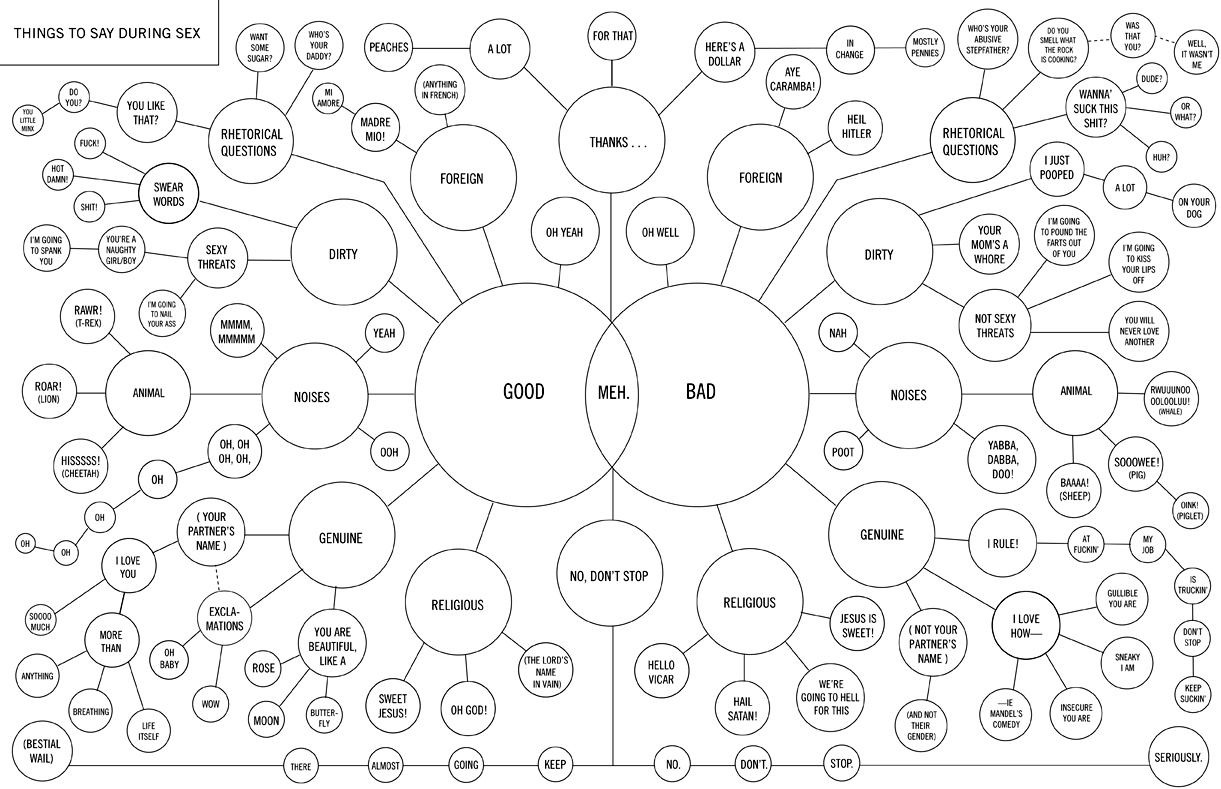
French physicist and philosopher of science
Bernard d'Espagnat has been awarded the John Templeton Foundation's prestigious and highly generous Templeton Prize, amounting to 1 million British pounds. It's the world's largest annual prize.
As for what Monsieur d'Espagnat has done to deserve such a prize, I'll begin by noting that his scientific pedigree is off the charts. Known for his work in quantum mechanics, d'Espagnat enjoyed the tutorship of Louis de Broglie who was his thesis advisor, he was Enrico Fermi's research assistant, and he worked under Niels Bohr at CERN.
Yet he was awarded the Templeton Prize less for his advancements of the field of quantum mechanics, than for his exploration of its philosophical implications. The Foundation's
press release offers this telling quote by d'Espagnat:
"[Quantum mechanics allows for] the possibility that the things we observe may be tentatively interpreted as signs providing us with some perhaps not entirely misleading glimpses of a higher reality and, therefore, that higher forms of spirituality are fully compatible with what seems to emerge from contemporary physics.”
It seems that the 1.4 million dollar question has ventured way off the path of science and into the territory of religion and spirituality. And I'm not sure how I feel about this.
On the one hand, at a time when our economic hardships are driving us to reduce everything to a cost benefit analysis, and the humanities are falling further and further
out of favor, it's nice to see a purely theoretical endeavor rewarded. I also think we would benefit from mending the current massively unproductive rift between science and religion.
But on the other hand, is this really the 1.4 million dollar question? Or is there some truth to Richard Dawkin's critique that the Templeton Prize is just "a very large sum of money given...usually to a scientist who is prepared to say something nice about religion?"
I may be leaning toward the latter...







